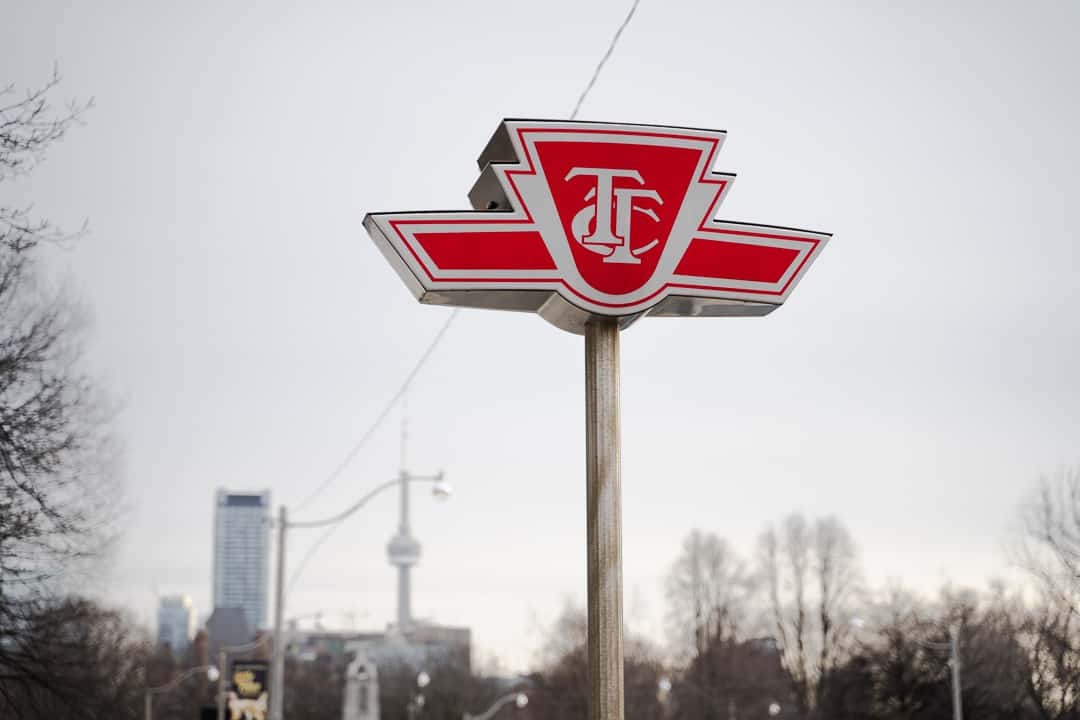Content warning: This article briefly mentions violence.
Over the past few weeks, there have been increased reports and media coverage of random violent incidents on the TTC. In response, the TTC announced on January 27 that it would employ an additional 80 employees. The agency announced that these staff would be “highly visible” and rotate throughout the subway network during busy service hours. Despite this measure, four attacks happened on the TTC in the three days following the announcement.
Given the rise in reports of violence, many Torontonians who rely on public transit are becoming increasingly concerned for their safety, including students who attend schools in the GTA.
The Varsity has compiled tips to remain safe while riding the TTC.
Bus and streetcar safety
While items like pepper spray, tasers, and knives are illegal to carry around in Canada, the TTC offers several services aimed at promoting safety across its platforms.
All bus and streetcar operators have access to an alarm system and a two-way radio to call for assistance. If needed, operators can turn on an alarm to attract police attention.
The Request Stop program is also available to all riders travelling by bus alone from 9:00 pm to 5:00 am. The program allows a rider who is feeling vulnerable to exit the bus between regular stops. The request must be made at least one stop before the desired destination, and the rider must exit through the front doors.
At any time of day, TTC operators are able to let a passenger off a bus between regular stops, as long as there is a genuine need to do so and the vehicle can stop safely.
Subway platform and train safety
When taking a subway or train, the TTC strongly advises riders to stand back from the yellow line until the train is stopped and the doors are open — a measure that carries particular importance given recent incidents where individuals were pushed onto the tracks.
The door chimes and a flashing orange light in the doorway indicate that the doors are about to close. Once this begins, riders should not try to board the subway or train. Forcing the car doors open can be dangerous and damage the door mechanism, potentially causing delays or resulting in an accident.
In the event of an emergency, riders should tell the Station Collector immediately, using the intercom in the Designated Waiting Area (DWA). All subway platforms include a DWA, equipped with intercom access, benches, railings, enhanced lighting, closed-circuit television cameras, and a pay phone. Riders can also find public telephones at station entrances and in bus and streetcar transfer areas. In an emergency, riders should call 911 using the telephone.
If someone falls onto the tracks or is caught in the door of a car that is beginning to move, the track power needs to be turned off, which can be done by locating the nearest Emergency Power Cut Cabinet at the end of the subway platform, marked by a blue light. On the cabinet, there are instructions on how to cut the power to the tracks in both directions.
In an emergency that requires police or fire services, riders should press the yellow emergency alarm strip located above the windows, along the wheelchair positions, and near the doors of the car. When the yellow strip is pressed, the alarm alerts Transit Control and the subway proceeds to the next station, where trained staff can meet the train to respond to the situation. Activating an emergency alarm delays service anywhere from two to 20 minutes, depending on the circumstances. Using the alarm in cases where emergency services aren’t warranted will result in a $500 fine.
Evacuation procedures
In the case of a bus, streetcar, or subway evacuation, riders are encouraged to remain calm, listen to announcements from TTC or emergency services personnel, follow instructions, and leave behind large personal objects. If riders require further assistance exiting the vehicle, operators or other TTC personnel will determine what assistance is required and provide it safely, if possible.
Safety tips from the university
On January 31, the provost released an announcement to the U of T community, addressing recent violent incidents on the TTC near U of T campuses. Katherine Blouin, a professor at UTSC, tweeted that, without “tangible actions” to ensure that students can access viable and affordable transit, the provost’s statements lack meaning. Her tweet referenced the planned cuts to TTC service, which will reduce the frequency of buses and trains and increase crowding.
In their email, the provost wrote, “Like many of you, we are concerned about recent reports of violence on public transportation routes in Toronto, including a random attack last Tuesday afternoon on a TTC streetcar near the St. George campus.” They added, “We offer supports to faculty, librarians, staff and students who are directly affected by emergency situations such as these.”
The email provided community members with links to safety tips and resources. Students, staff, librarians, and faculty facing urgent safety concerns on campus are encouraged to call Campus Safety or 911 directly. Community members can download the U of T Campus Safety App to connect to more safety resources and supports.
The Community Safety Office advises commuters to be intentional in planning their route before they go, be aware of their surroundings, and pay attention to what is happening around them. The office also encourages students to “check in” with themselves by asking questions: Are you feeling uncomfortable or anxious? Should you wait for the next bus or train? Should you contact a friend or family member?”
The announcement also included a number of other available supports, including information on the tri-campus health clinics, which provide same-day mental health appointments, and the Employee and Family Assistance Program for faculty, librarians, and staff.


